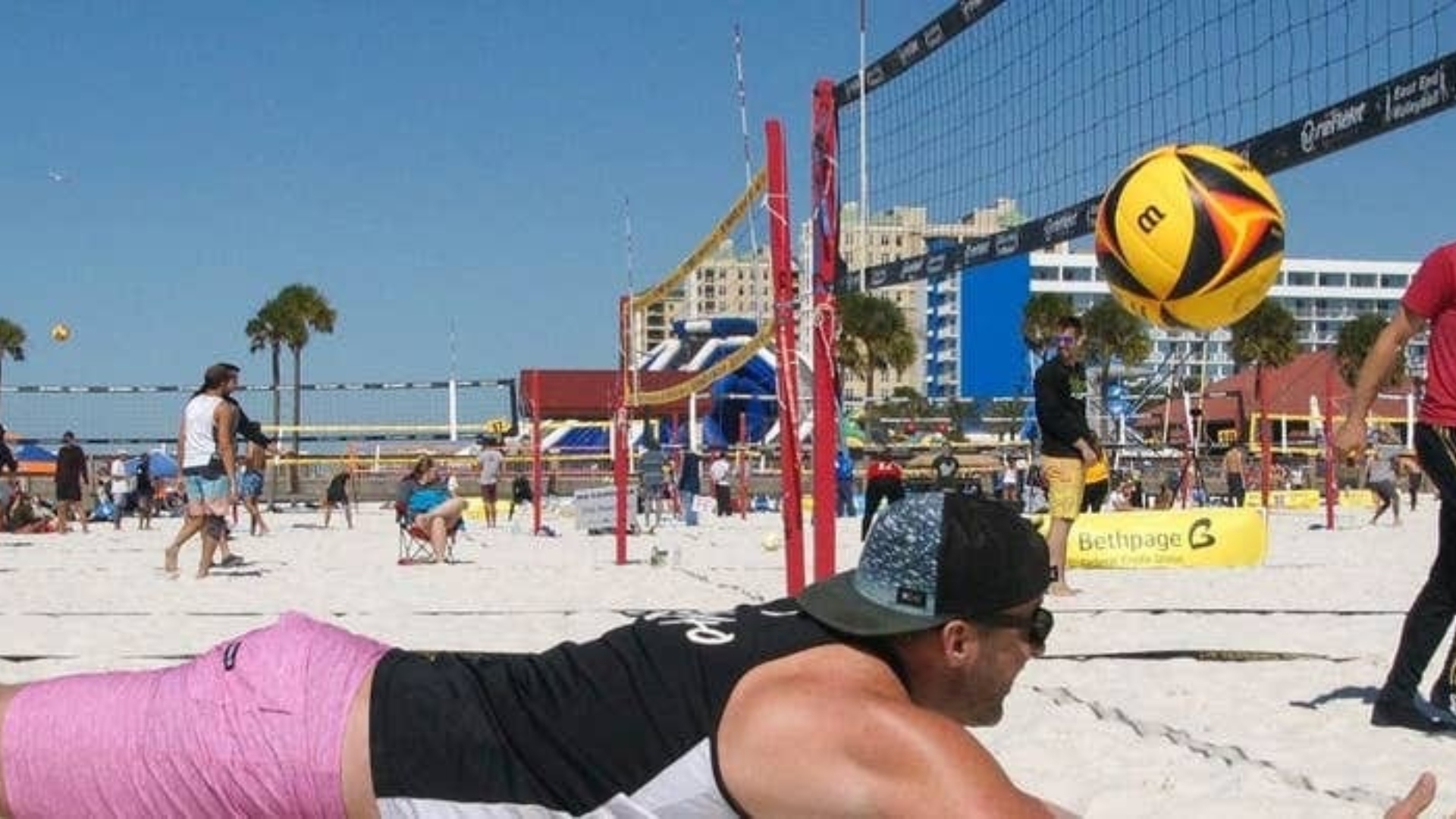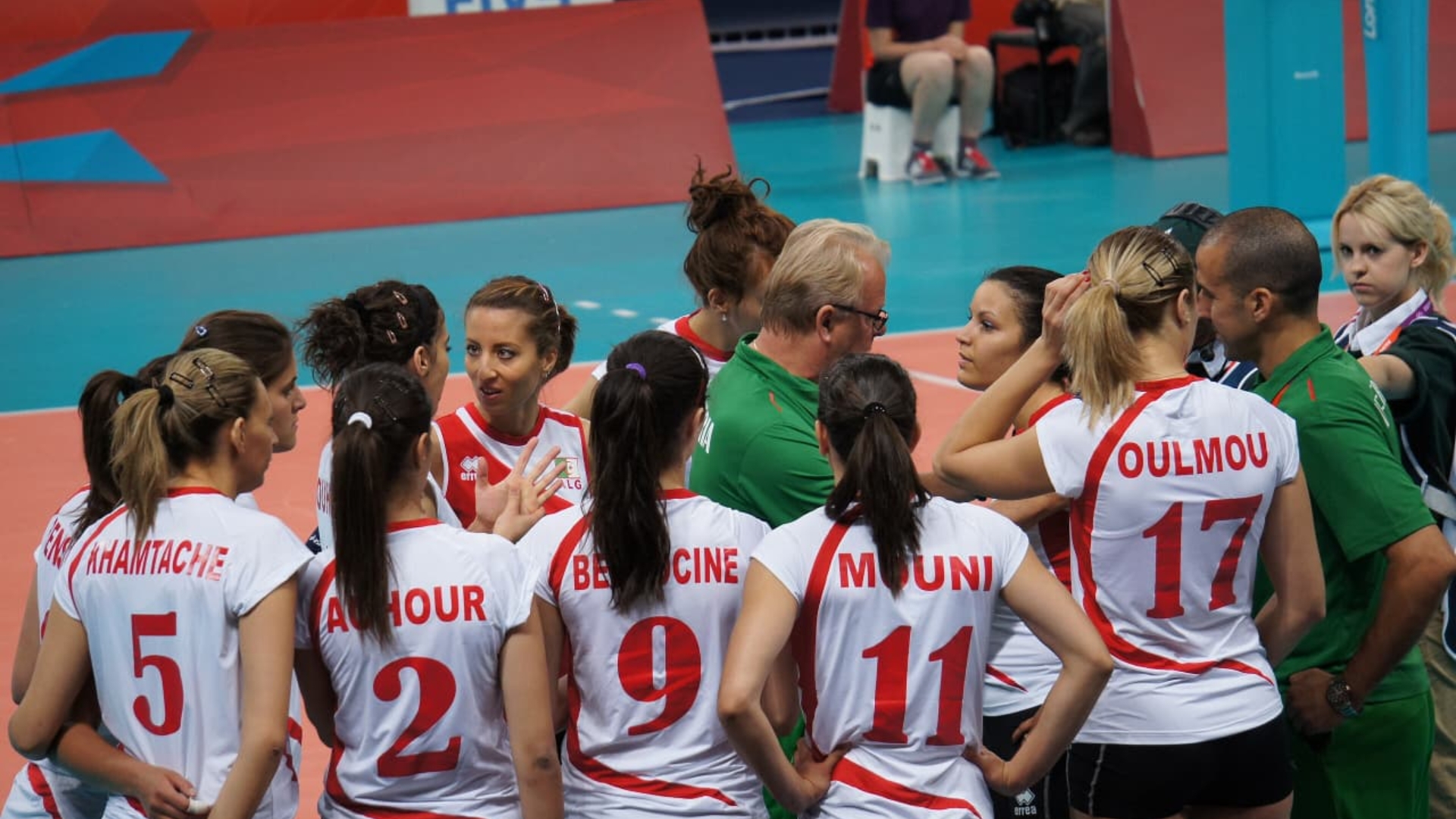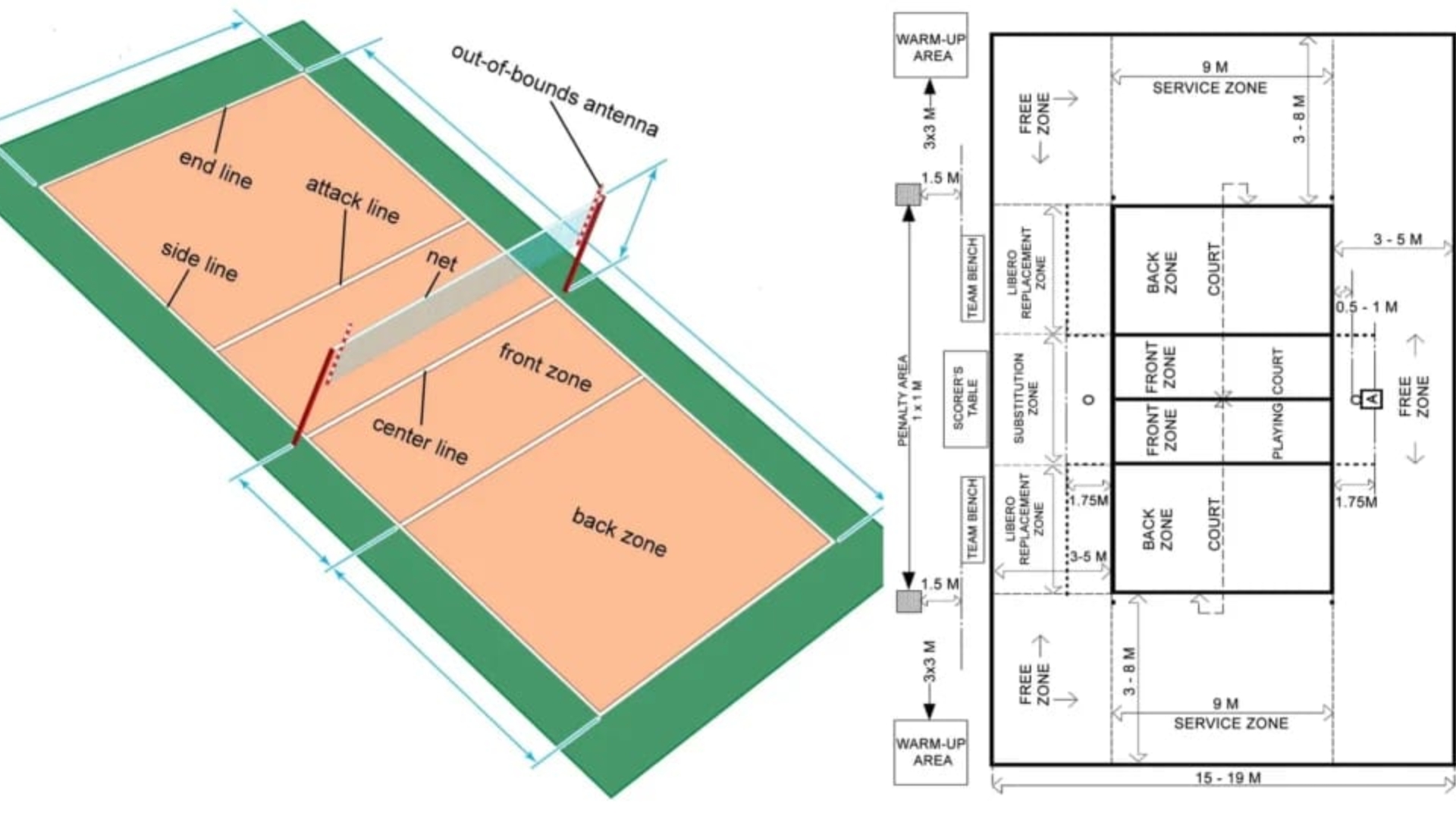Volleyball jargon is a set of terms and phrases used in the sport to define the actions, strategies, and situations. These expressions enable players, coaches, and fans to effectively communicate in a fast manner when they are in a match. The language used to reflect the dynamic nature of volleyball takes the simplest words, such as serve and spike, or even the more playful ones, such as campfire and six-pack. Making this jargon understandable not only improves playing the game but also increases the appreciation of the complexity of the sport.
Researchers and scholars emphasize the significance of sports language in creating teamwork and strategy. It has been found that common terms enhance coordination and decision-making amongst the players. Analysts highlight that volleyball terms make complicated plays easy to understand, as they can do it during stressful moments. Another observation made by the scholars is that this language develops a feeling of community among the players and fans, which forms the culture of a sport.
Volleyball jargon is not just a word; it is a relation to the core of the game. Watching these words changes the way that the sport is played in a more exciting and meaningful way. However, in the stands or on the court, no matter which, this language makes players and fans feel closer to the action. It makes a game that is simply fun to a game that is exciting, and is shared.
Foundational Volleyball Terms
Every sport has basic terms. Therefore, these are the basic terms employed in volleyball. Thus, they present the most popular moves, participants, and regulations. Thus, the initial step for a new player is to master this kind of vocabulary.
Core Actions and Plays
Ace: A service that falls into the ground where it is not hit. It is achieving a point on the spot. It is also possible that an ace happens when a player is in touch with the serve, but is unable to keep the serve in play.
Attack
This is the offensive hit of striking the ball. Therefore, the purpose of the attack is to earn one point by landing the ball on a ball of the opponent.
Block
To block to prevent an attack. A single or multiple players will jump towards the net. Therefore, they apply their hands in pushing the spiked ball back to the side of the attacker.
Dig
An Attack that has been made defensively. The player sends a ball with spikes or hits that are not too hard before making it unusable. Thus, this is an essential self-defense ability.
Serve
This is the move that initiates all the rallies. One of the players moves the ball using the stick to launch a ball to the other opponent across the net.
Set
The 2 nd contact in a rally. An attack is made when a setter passes the ball to another player on the team. An offense cannot be successful without a good set.
Spike
This is a fierce and overhead shot to drive the ball violently into the field of the opponent. That is the most widespread mode of attack.

Player Roles and Positions
- Setter: This is the player who leads the action. Therefore, the setter is primarily tasked with getting the ball to the attackers to get a kill. Thus, the second contact is most often done by them.
- Hit/Attacker: It is a player who spikes the ball. Outside hitters, middle hitters (or blockers), and opposite hitters (or right-side hitters) exist.
- Libero: A defensive expert. Libero only plays in the back line and has another colored jersey. Therefore, they are good passers and diggers.
Offensive Jargon and Slang
Volleyball’s use of offensive language is vivid and descriptive. Therefore, these words assist the players in expressing elaborate plays in a short time. Perfect plays or unexpected moves are usually described using funny slang words.
Types of Attacks and Hits
- Kill: This is a successful attack, which leads to a point.
- Back Row Attack: This is an attack wherein a player attacks behind what is called the line of 10. Therefore, the ball has to be hit by the player as he/she jump off the backcourt.
- Dump: an unexpected sprout by the setter. The setter pushes the ball across the net instead of setting a hitter on the second touch. Such a gesture surprises the defense.
- Tool: An assailant willfully strikes the ball off the hands of a blocker. Therefore, the ball bounces out of the field, and this scores a point for the proposing team.
- Pipe: This attack occurs in the middle of the court as the rear-row attack. It is an energetic and quite shocking play.
- Cut Shot: This one crosses the court in a sharp direction.
Words for Perfect Plays
- Butter: A slang term that was used to describe a set that was smooth and easy to hit. Team members may declare the set as being butter.
- Dime: A perfect pass. This is borrowed from other sports, such as basketball.
- Nail: A perfect pass is also referred to as a nail.
Protective Phrases and Funny Things.
Offense is as important in volleyball as defense is. Thus, the language is indicative of the street and instant decision-making required to prevent a strong rush. Certain words are humorous accounts of stirring situations.
Defensive Moves and Mishaps
- Pancake: A pan Elizabethan scuffle. One of the players is sliding a flat hand over the ground. The ball is struck at the back of the hand before it floats down to the ground.
- Shank: A hopelessly mismanaged pass. Thus, the ball takes an unwanted course, and this complicates playing by a teammate.
- Chicken Wing: A sixth-degree defense. A bent arm that takes the shape of a chicken wing is used by a player to excavate a ball that goes to his or her upper body.
- Kong: A one-handed block. It is also commonly employed in cases where a blocker is late and can access only singly with one arm.
- Roof: A dominant block. The blocker directs the ball at a 90-degree angle, hitting the opponent on his side of the court.
Comedy On Court Incidents.
- Six-Pack: This is the case when a player is struck on the face with a spiked ball. The word tattoo is also employed, the leaves the seams of the ball can make.
- Campfire: A ball is thrown down on the ground among several players. No one makes a move to play it. The players merely stand and watch like they are around a campfire.
- Hubby-Wife Play: This is done when a ball is between two players. Neither talks nor takes to the ball. It is a moment of indecision.
- Joust: This is when two playing opponents touch the ball at the same time over the net. They hit the ball and attempt to push it to the opposite side.
System and Strategy Terminology
Volleyball is a game that has complicated tactics. A certain system and plays are used by teams to achieve an advantage. It is a more technical language that is necessary in order to play competitively.
Offensive Systems
- 5-1: There is a 5-hitter setter offensive system. The setter forms the setters of each post on the court, front and back row. This is the most prevalent system at higher levels.
- 6-2: A six-hitter, two-setter offense. The front row is always made up of three attackers. The setter is never a front-row player.
- Rotation: This refers to the act of movement of the players in this clockwise direction as they win a point served by the opponent. Rotation makes the players play both in the back and front row.
Types of Sets
- Quick Set: This is an extremely swift, quick set to a middle hitter. By the time the set is made, the hitter is already in the air.
- Slide: A Slide that has a lateral approach of the hitter. They are parallel to the net at the position of the setter and strike the ball close to the antenna.
- Shoot: A low tariff to an outside hitter. It is faster than a conventional highball set.
A Language of Connection
Volleyball jargon cannot just be a set of words. It is the sports language. It unites players on court, allowing them to make decisions in a split second and execute complex plays. To fans, having this vocabulary applied will reveal more about the tactic and proficiency being shown. The words, including the literal “6-2 rotation” and the comic “campfire,” are stories. They outline the strength, accuracy, and enthusiasm of the game. This language transforms a mere game of hitting a ball over a net into an active and interesting game. Accepting it is a way of belonging to the international volleyball fraternity.











